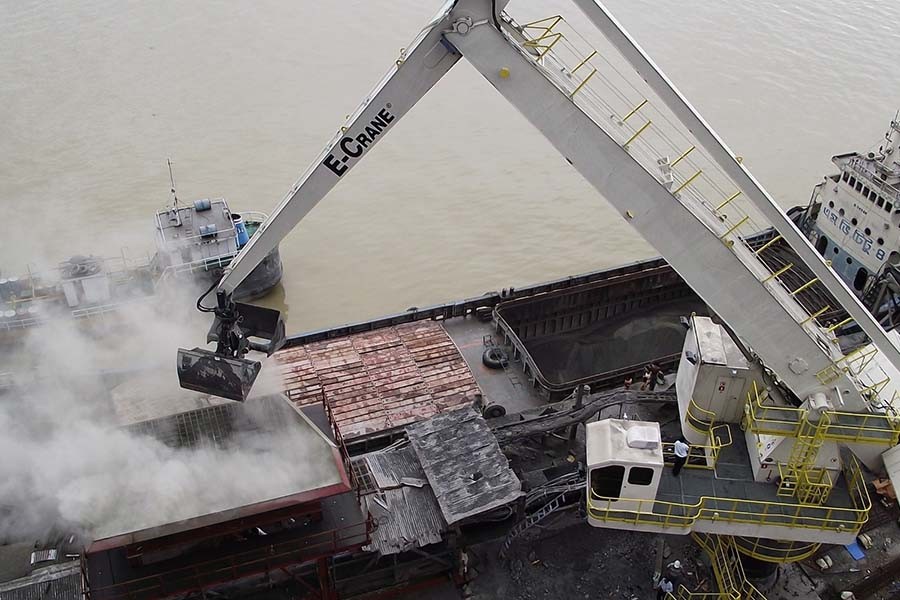It is quite baffling to know that the country's cement industry has grown without much of a direction in meeting domestic demand as well as that for export. Although for sometime now the country is self-sufficient in cement despite increasing demands from mega infrastructure projects and the real estate sector, the underlying fact of surplus production remains a burden. Domestic annual requirement for cement is estimated to be around 25 million tonnes, while the total production capacity of the cement plants is well above 43 million tones with the installed capacity of nearly 50 million tonnes.
This undoubtedly makes one point clear. Investment in cement was not meant to meet domestic demand alone. Indeed the entrepreneurs had an eye on exports. But did that actually happen but for some occasional shipments? One thus tends to find something wrong with the plans to go for large-scale investment in cement manufacturing. There are also reports that some manufacturers continue to expand their capacity in anticipation of spiralling demand in future. While surplus production is a burden in the absence of exporting avenues, intense competition among domestic rivals coupled with sudden hike in the price of raw materials - mainly clinkers - has acted as a dampener for the industry as a whole. Local prices have slumped despite a significant increase in production cost. The average price of cement, according to industry insiders, went down by Tk 15 a bag to Tk 385 at the end of the last year. Dependence on imported clinkers, slags and gypsum is made worse by price hike of these items along with the adverse exchange rate caused by depreciation of the Bangladesh currency lately.
There is no denying that unless cement manufacturers find suitable outlets for export, they will have to wrestle with the difficult situation now prevailing on the domestic front. Cement is one of those products which require mandatory compliance of standards by most countries - often in variance with each other. Its export is thus fraught with a long and cumbersome process of being registered with the designated standard institution of the overseas country concerned. That being the case, there is no way an exporter can cut his path short, but follow each and every step methodically and meticulously to be finally registered and allowed to export. Some Bangladeshi manufacturers went through the process and succeeded in getting their respective product registered with the relevant Indian organisation (Bureau of Indian Standards). However, absence of export orders halted them from exporting to that country. Observers are of the view that Bangladeshi cement manufacturers should explore more and more avenues in the potential overseas markets, for the sake of sustaining the growth of the sector.
It is true that the big development projects currently under implementation as well as those in the pipeline have attracted increased investment in the cement sector. But production has now far outgrown the actual requirements. This heightens the need for taking some practical steps urgently in order to ensure that the efforts and money spent on the sector are not wasted. The sector has, as of necessity, to make its way forward in the right direction for its survival and sustenance.


